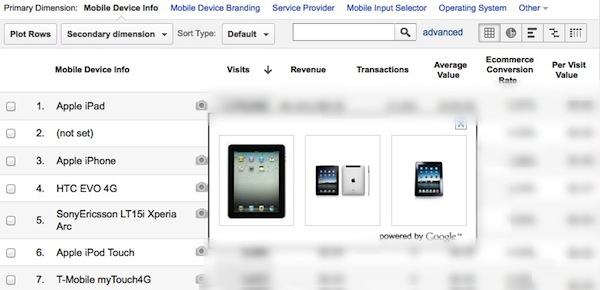No more guessing games. Not only has Google come out and supported a mobile strategy, it comes with specific SEO friendly recommendations at no extra cost.
Talk of the importance of presenting users with mobile friendly content has been echoing for some time now, so it makes sense that Google would provide some rules to follow depending on your set up.
3 Ways to Serve Mobile Content
The end result of all this is quite simple. Google supports three ways of serving mobile specific content to users and have provided distinct recommendations for each.
When a mobile user requests a particular URL:
- Serve the same HTML as the desktop version of the page and use CSS3 media queries to change the look of the site (ideal).
- Serve HTML and CSS that is different from the desktop version of the page.
- Redirect a user to a different URL utilizing mobile optimized content.
Using the starting point of a mobile user requesting a desktop URL, here are some details for the three options listed above.
1. Same URL, Same HTML
This has become the industry standard for several reasons and those reasons typically fall under two umbrellas:
2. Same URL, Different HTML
When serving different HTML for mobile users, Google recommends adding a Vary HTTP header to the server response. Add this to ensure Google knows about and crawls both the desktop and the mobile version of the URL.

3. Different URL
A company will commonly use a special site/URLs for mobile content. This is normally seen in the form of a subdomain m.example.com.
When using alternative URLs for mobile, Google would like a couple of things to happen.
- Use of the link canonical tag on mobile pages pointing to the desktop version of the URL.
- Use of the link alternate tag on desktop pages pointing to the mobile version of the URL.
Here is Google’s example of how the rel alternate tag would look like in code.

Redirecting mobile users to different URLs comes with additional caveats and Google speaks directly to them when they say, “…be sure to treat Googlebot and Googlebot-Mobile just like any other user-agent and redirect them appropriately.”
The most relevant point Google brings up is the idea of user agent redirection lists. When redirecting based on user agent, you must have a comprehensive list of user agents to let your server know when and where to redirect a certain mobile user.
For example, the iPhone user agent will be different than the latest Galaxy Nexus. That means this list has to be constantly maintained and will undoubtedly become outdated at some point.
Yet another reason why responsive design has become the industry standard as it focuses on changing the layout of a page based on the device screen width.
Some Final Thoughts
Watching the progression of mobile SEO has been more than interesting. When I think about important concepts for mobile, battery life and Internet speed play a huge role in conversion. So, it would make sense that the iPad dominates revenue across the board as most of these devices are connected to WiFi and used mainly for browsing.
That being said, as smartphone battery life and Internet speed get better over time, so will conversions. It may make sense to provide a customized experience.
Before spending time and resources on creating mobile content and going live, draw conclusions from how the users are interacting with the site and testing.

As a final thought, desktop versions of sites can have great mobile conversion. It’s quite possible that having a desktop site that is fast and has an intuitive site architecture should be a priority before dedicating resources to creating a customized mobile experience.


